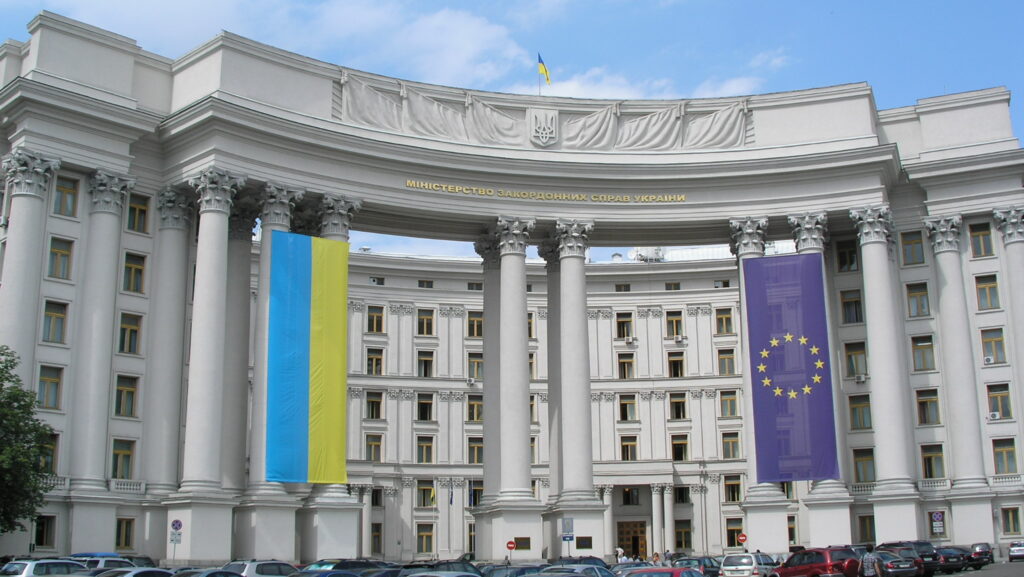The following is a translation of an article by Réka Zsuzsánna Máthé, originally published on Ludovika.hu.
Last week, Fabio Panetta, a member of the Executive Board of the European Central Bank (ECB), talked publicly about what challenges the Eurozone (and, in a broader sense, the European Union) is facing. He recommended the following steps to deal with those challenges: research and development aiming to increase total factor productivity (TFP), the rethinking of public investments and structural reforms, as well as the reinforcement of value chains by building on the cooperative advantages of the single market. While Hungary is not part of the Eurozone, this direction taken by the ECB can still be beneficial for its economy—in this piece, we would like to provide a brief description of these effects.
It is important to note that the ECB is trying to counteract the adverse effects of the segmentation in global markets. It is also highlighting the importance of free, honest, and open trade. This is an especially potent point for Hungary, since
we are ranked among the top countries in terms of the openness of the economy.
Our economic openness has decreased in the past few years, however, based on long-term tendencies, World Bank data puts our country at the 12th spot in economic openness. Out of the EU member states, only Luxembourg, Malta, Ireland, and Slovakia outrank Hungary on the list. For comparison, Germany, often regarded as the economic engine of Europe, is only placed 74th, while France, another major European economy, is at the 113th place. All this is not surprising, since large economies can be cut back by too much openness. But for mid-sized economies, more openness tends to lead to faster growth. This is especially true if the exported goods and services are diverse and of good quality. So, while several Eurozone countries could be unaffected by less open trade, it could be severely painful for Hungary.
However, it’s worth getting back to the types and qualities of exported goods and services. A country can produce these if its economy is competitive. Measuring the competitiveness of an economy is no easy task: it is a highly debated topic in professional circles. However, the most often used, and most accepted, frame of reference is the Global Competitiveness Index by the World Economic Forum (WEF). WEF’s method takes over 100 economic, technological, and societal factors into account in a weighted manner and ranks countries based on those calculations. It is important to note that the measurements used in the report have quite a few highly subjective aspects.
The latest report by WEF was made in 2020, and analysed post-pandemic economic processes, which was a special case in all aspects. The latest report made using traditional methods was based on economic data from 2018–2019. According to all this,
Singapore has the most competitive economy, followed by the United States, Hong Kong, then the Netherlands.
The rest of the top 10 list is made up of Japan, Switzerland, Germany, Denmark, Sweden, and the United Kingdom. Hungary is ranked at the not-so-respectable 46th spot, outranked by other countries in the region, such as the Czech Republic, Estonia, Slovenia, Poland, and Slovakia.
Even if we take into account the subjectivities of the report, it is still apparent that the dimensions measuring technological skills and acceptance, as well as innovative abilities, are in the lower echelons in Hungary. In other words, we have a very open economy, but its competitiveness is not yet outstanding, and it adapts to technological advancements slowly. Therefore, it is not likely that our country can continue to be able to guarantee the diversity and exceptional quality of our exported products in the long run.
The prospects of the country’s long-term economic development are still quite unstable. However, this can be changed, if not easily so. This is where the increase of total factor productivity and technological advancements, as outlined by the ECB, are relevant. Our trade partners in the Eurozone are likely moving in this direction, thus our most important partner, Germany, can be presumed to be doing so as well. In order to maintain these economic partnerships, Hungary too will have to adapt to, adopt, and use state-of-the-art technology—both on a macro and micro level. The faster we do it, the sooner we can improve our comparative advantages and competitiveness. The role of public investments and development projects will be crucially important in Hungary in the future.








